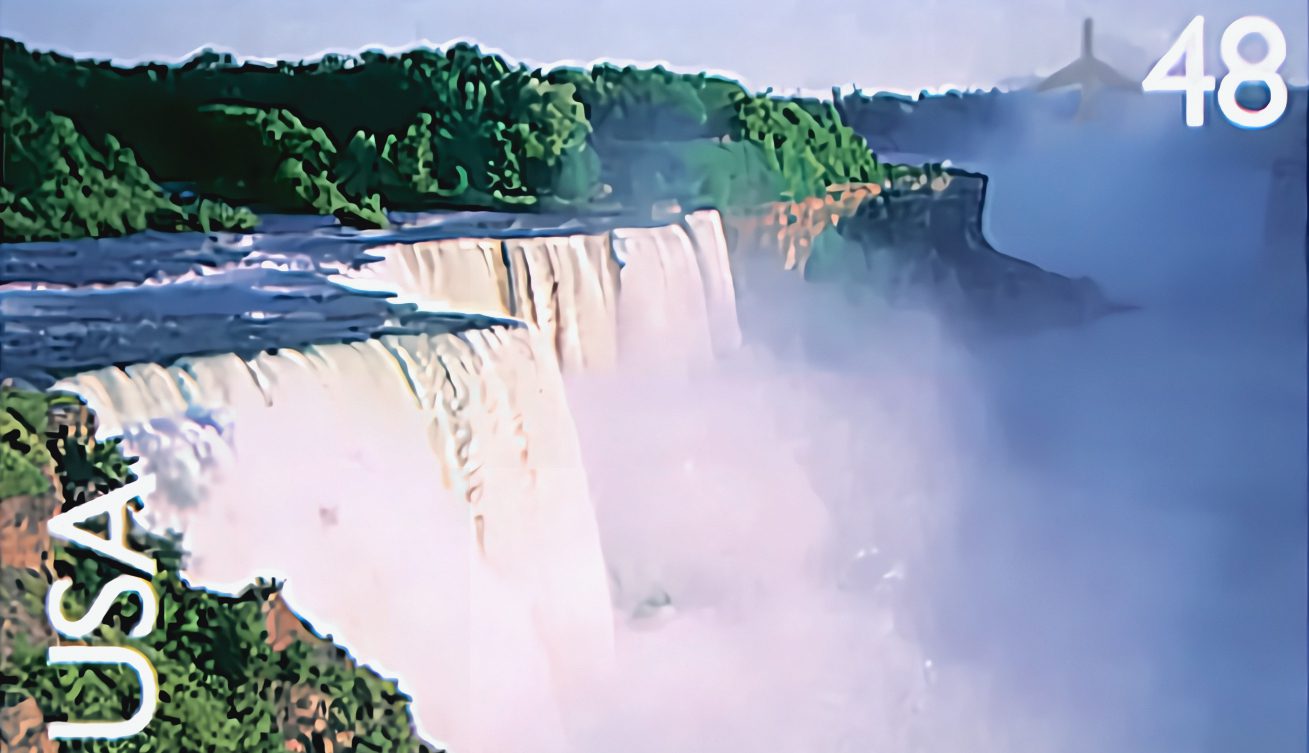First US Airmail Special Delivery Stamp
On August 30, 1934, the US Post Office issued its first Airmail Special Delivery stamp. Only in use for a short time, Airmail Special Delivery stamps paid the air postage and special delivery fee with a single stamp.









